No doubt about it, we live in a world of rapid change. Whereas a century ago, our grandparents and great grandparents were still getting around in a horse and buggy, and reading newspapers as their only source of information and entertainment, today we fly in supersonic transports and get our news and entertainment from the Internet-things that would have been inconceivable 100 years ago.
But not everything has changed so radically; actually, there are a number of devices we still use today that hasn’t changed all that much in 100 years in basic function and operation. What are these devices? Below are my top ten choices for those things we still use today that wouldn’t have been all that unfamiliar to our fore-bearers in 1912.
10. The Train
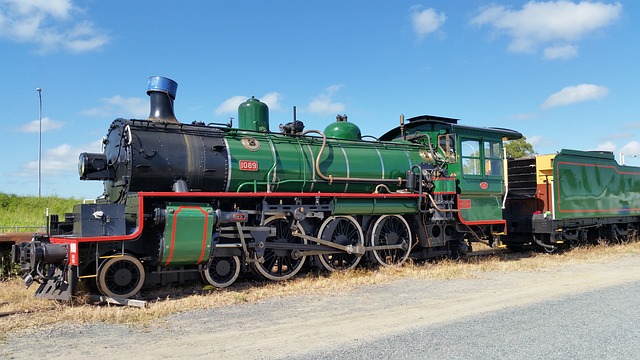
We often fail to appreciate just how timeless an invention the locomotive was, nor are many people aware of how much it still operates as it did in olden days. Of course, steam has been replaced by safer, cleaner, and more economical diesel
9. Landline Telephones

Obviously the advent of the cell phone is radically changing the way people contact each other, but the old landline is still alive and well, and hard to match in terms of clarity and reliability (when’s the last time you lost a signal on your land-line or accidentally dropped it into the pool?) The interesting thing is that it still functions precisely the way it did a century ago; the only significant change being the ability to dial the number directly rather than having to go through a switchboard operator. Also, telephone and electrical lines are still attached to wooden poles, just as they have been since the advent of the telegraph during the Civil War, demonstrating that sometimes the old ways of doing things are still the best.
8. The Rifle
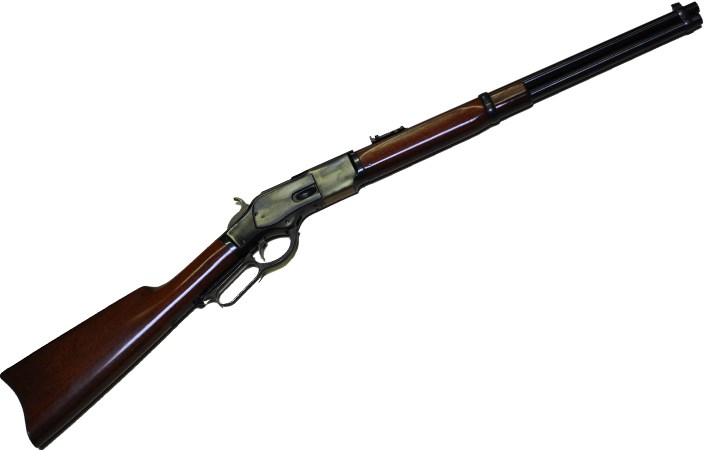
Once the shell cartridge and barrel rifling was perfected in the late nineteenth century, the modern rifle was essentially complete, with few changes, other than increasing the rate of fire, being necessary. As such, the modern, bolt-action rifle and chamber-firing revolver are essentially unchanged from their predecessors, and operate exactly the same way they did for great granddad. In fact, other than the advent of the semi and fully-automatic mechanisms, and vast improvements in sighting (i.e. scopes), a hunter from 1912 would have no trouble using a modern rifle (beyond bemoaning their lower quality construction.)
7. The Iron
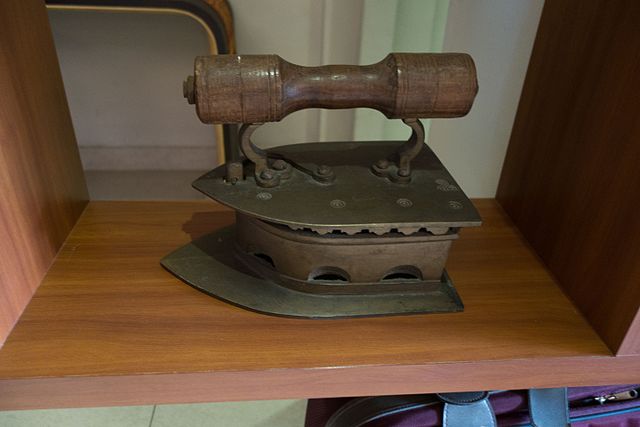
Let’s face it—there simply isn’t a way to make ironing wrinkly clothes any easier. Yes, you’ve got electric plug-in irons today rather than stove heated ones, and you have that neat little button on top that shoots out sprits of steam but, beyond that, ironing is still the same tedious art form it has always been. In some ways, it’s even more of a challenge today, with that always-too-short cord getting in the way or failing to reach far enough. Even the professional dry cleaners haven’t changed their methodology all that much; the chemicals they use nowadays may be different but the process—and the results—are still the same.
6. Books

Many have predicted the demise of books since the advent of the computer, and Kindle and other downloadable reading devices are in the process of changing the publishing industry, but the fact is that nothing beats the good old paperback in terms of portability. Also, you can’t get your favorite author to sign an e-book, nor can you underline important points or scribble stuff in the margins with a Kindle.
And what happens if the power grid goes out or someone steals your reader? You lose your entire library! That’s why the printed book will never entirely die—it’s just too necessary! And the beauty of it is that books haven’t changed much in terms of how they are produced since Gutenberg printed a few dozen bibles way back when.
5. The Automobile

Public Domain, Link
This is a controversial selection since few can argue that the modern automobile is a far cry from the Model T of 1912, but how different is it really? Certainly the basic function of the combustion engine has not changed, nor has the way one operates an automobile. Ford’s rickety cars had transmissions, clutches, brakes, headlights, left-handed steering, and everything else we still see today. Obviously the technology has improved dramatically, and great grandpa never had the luxury of having a radio, a heater, or cup holders, but the basic modus operandi of the automobile itself remains largely indistinguishable from 1912 and probably won’t become truly different until they learn to fly—or at least hover.
4. The Sailboat
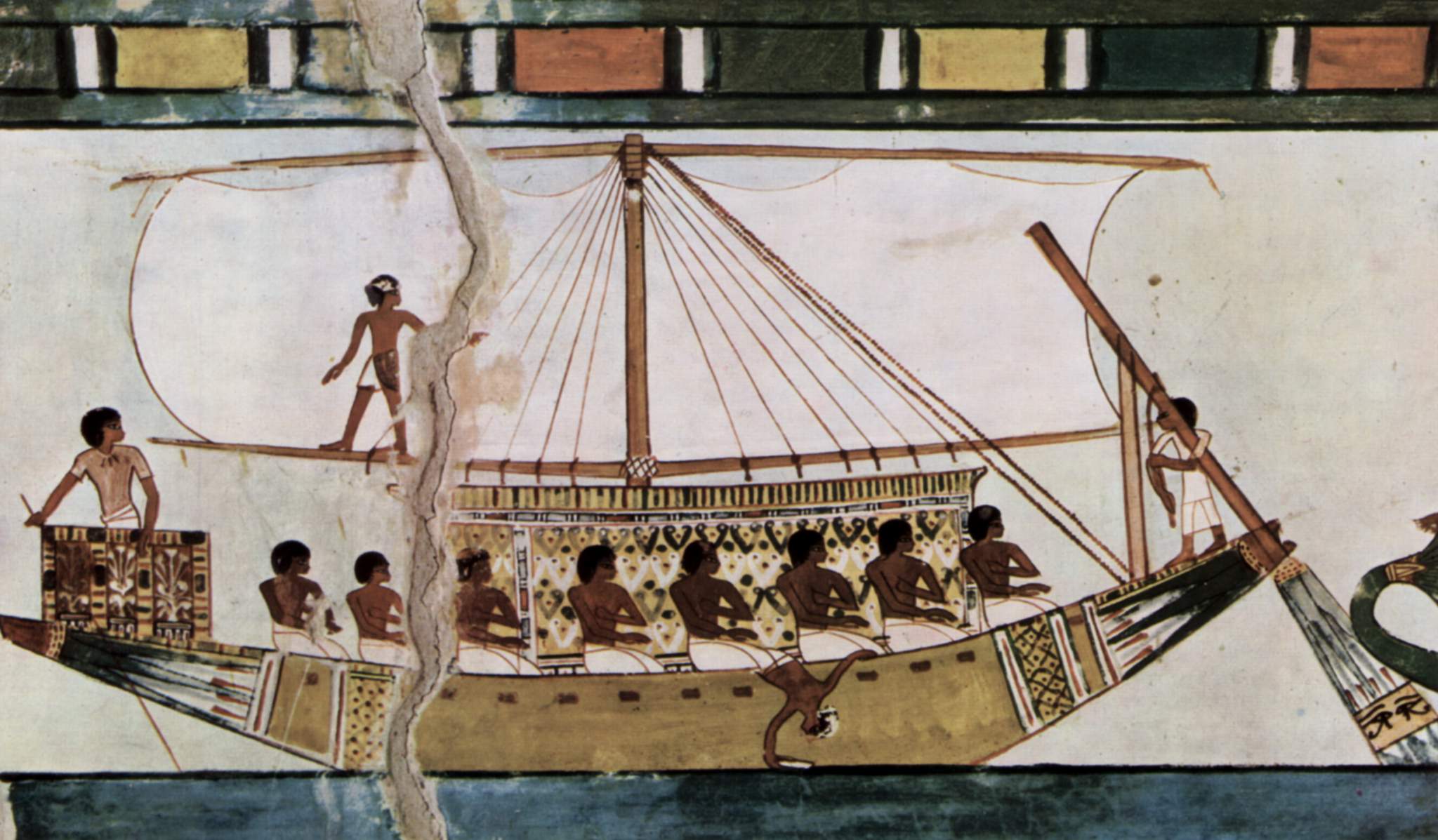
By Maler der Grabkammer des Menna – The Yorck Project (2002) 10.000 Meisterwerke der Malerei (DVD-ROM), distributed by DIRECTMEDIA Publishing GmbH. ISBN: 3936122202., Public Domain, Link
Yes, canvas has been replaced with stronger and lighter nylon, and wooden hulls and masts have been supplanted by fiberglass or aluminum, but the basic idea remains the same: harness the wind to move large vessels across the water with minimal effort and cost. Even their sleek lines haven’t changed all that much, nor has their means of operation. Really, there is just no way to improve on a good idea, making the sailboat one of the most timeless inventions in human history.
3. Musical Instruments
Despite the introduction of different materials and electronics to music (i.e. the keyboard and the electric guitar) musical instruments have changed little over the last century, which is why the piano, guitar, mandolin,violin, drums, trumpet, saxophone—you name it—are still made and performed much the way they did in 1912 (or 1812, for that matter). While music itself has changed dramatically (though not always for the better), the raw noise that comes out of these instruments, and the way they are played, remains timeless. Even the way the best hand-made instruments are manufactured is a throwback to an earlier era, when there was no substitute for skill and patience, and people took pride in crafting a quality musical instrument.
2. The Incandescent Light Bulb
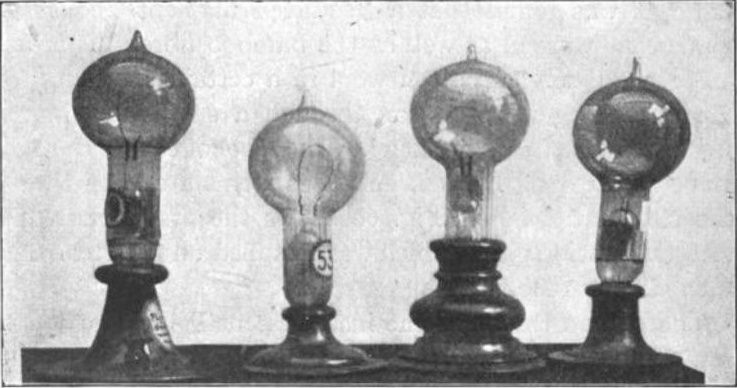
Ever since Edison produced his first practical light bulb way back in 1880, not much has changed with the overall construction. It looks the same, functions the same and, allowing for inflation, costs much the same as it did in 1912. Less energy-efficient than the newer fluorescent and LED lights, however, the incandescent may not be around much longer, and is, in fact, slated to be phased out of production in the United States in 2014. Which is too bad because, since the older bulbs often used heavier filaments, they were more robust and therefore long-lasting, making them superior in some ways than their modern counterparts.
1. The Flush Toilet

Perfected in the late-nineteenth century, this hallmark of civilization has remained largely unchanged since its inception (or, one might surmise, its perfection) in roughly 1880. The basic mechanism inside the tank may be made out of plastic instead of rust-prone metal, but one of the great innovators of the modern toilet, Thomas Crapper, would still recognize the thing and appreciate it for the remarkable piece of engineering it remains to this day. One of the few truly indispensable devices they got right the first time, the immortal porcelain throne has stood the test of time very well, thank you.

26 Comments
shoe laces
Fluorescent and LED lights don’t use filaments therefore your comparison is unfounded. Also were in the world did you get that incandescent light bulbs last longer than fluorescent and LED lights. As for they’re shape thus is only because of something called a technological coccyx meaning that far more efficient new technologies that dont need to be in a certain shape or function in a certain way which is inneficient will be made in that shape to fit with older obsolete but widely distributed technology. The computer keyboard is the most well known examples of a technological coccyx as the standard QWERTY layout of the keys was developed to slow down typing in an effort to reduce jamming old typewriters.
No, that’s not true. The QWERTY layout was made to spread out the most often used letters in a way that common two letter combinations (like th or qu) would not be next to each other. If you press two types next to each other on an old typewriter at once, it is most likely to jam.
So it’s true that the layout was made to prevent jamming, but not by slowing down the typing process. This would have been a terrible sales argument.
That was only one of the stated goals. All vowels were placed at the extremities of the layout out of reach from the easy reach from the index and middle finger. As far as slowing down typing not being a great business idea you have to remember that the whole thing was to prevent jamming so while it effectively slowed down typing it actually increased the production rate of typist.
A lot of information in number 6 us completely false showing a lack of research. First how can a paperback novel (8’/4’/1′) be more portable than a kindle (7’/4’/0.4′) containing hundreds of books. Second, if my kindle gets stolen I dint loose my whole collection as it is backed up on my PC and with Amazon. Third if the power grid fails I won’t be able to read. That is correct if the power grid fails for a couple of weeks as eInk eReaders have a ridiculously low power consumption and a ridiculously ling battery life. And if the power grid were to fail catastrophically for a long period well no new books would be printed either way.
Sir Joseph Swan actually invented the incandescent light bulb. Edison deserves a lot of credit for his work in improving upon Swan’s original design (which Edison claimed as his own, might I add), but his claims of being the “inventor” were just flat out fraud. In fact, Swan had already improved upon his initial design by the time Edison had finished his improvements. Edison was a very crude businessman, rather than the genius inventor that America likes to believe.
This is a disappointing list…though the title was quite intriguing…i was hoping to read through some unique articles that have actually endured the test of time without changing….yet this list is a total no-brainer !!! none of the articles mentioned here are unique…as many of the other commentators mentioned there are hundreds of articles like candles, brooms which have maintained their form over more then a century…the author obviously did not try too hard !!!
Ain’t no school like the old school.
These things might be considered as “changed”
if this would be the case:
The car would have starting fly in the air, The Iron was used to mess the cloth and Riffle would shelling bombs. 🙂 hahaha.
Thomas Crapper actually did not invent the toilet…
What about s – e – x ? Hasn’t changed much, everybody still wants the same old thing…. 🙂
There are a lot of things that could be on here if you just say “sure, it’s gotten better, but the function is the same.”
Sorry, but I can’t help myself thinking: What about hammers, houses, doors, postage stamps, funiture, candles and so on…
A HUGE miss was the lock and key which is far older than 100 years. The basic concept & design have been virtually unchanged for many, many decades.
Broom, toilet paper, brush, hat… Just to name a few that virtually haven’t changed at all.
I’ve said for years the one thing that has truly not changed, is the stereo speaker. Yes, there are a few innovative ideas, but the most common, basic speaker is still a paper cone on a magnet.
Another thing that hasn’t changed in the last 100 years in Politicians. Same ‘ol Snake Oil and Pork Barrel Merchants still taking advantage of the feeble minded to get rich (and elected).
10,5 – Umbrelas
“Thomas Crapper” lol.
One item that has hardly changed at all is the simple broom.
You can aply this same idea to many many things, coffee, shoes, pants, etc. Ideas and concepts that cover needs are not so prone to changes as their technical implementation.
Im from argentina and here edison bulbs are no longer sell or produce. It is funny thing we have had tesla superior model all this time without using it :S
10, 9, 7, 6 y 4 seems to me the best of the list.
Mostly all of these things HAVE changed, via constant innovation. We don’t drive model Ts, and guitars are nowhere the same as they were 100 years ago (for one thing, they are electric now) .
This guy hit the nail on the head. Now I don’t have to comment…oh wait…
Of course all of them have changed over time. He was speaking of the general concepts of the things on this list. They may have been changed and tweaked as many made breakthroughs in their uses, but the practical applications are still the same.
Oh yes, and if you look VERY carefully at the wording he used in each topic, you will see that he does indeed say that as time goes on, they change. I’m being sarcastic of course. It’s pretty darn obvious.
I guess it would be much harder to make a list of inventions or things where the general concept was changed.
Acoustic guitars haven’t changed much and they are still used today in many genres of music.